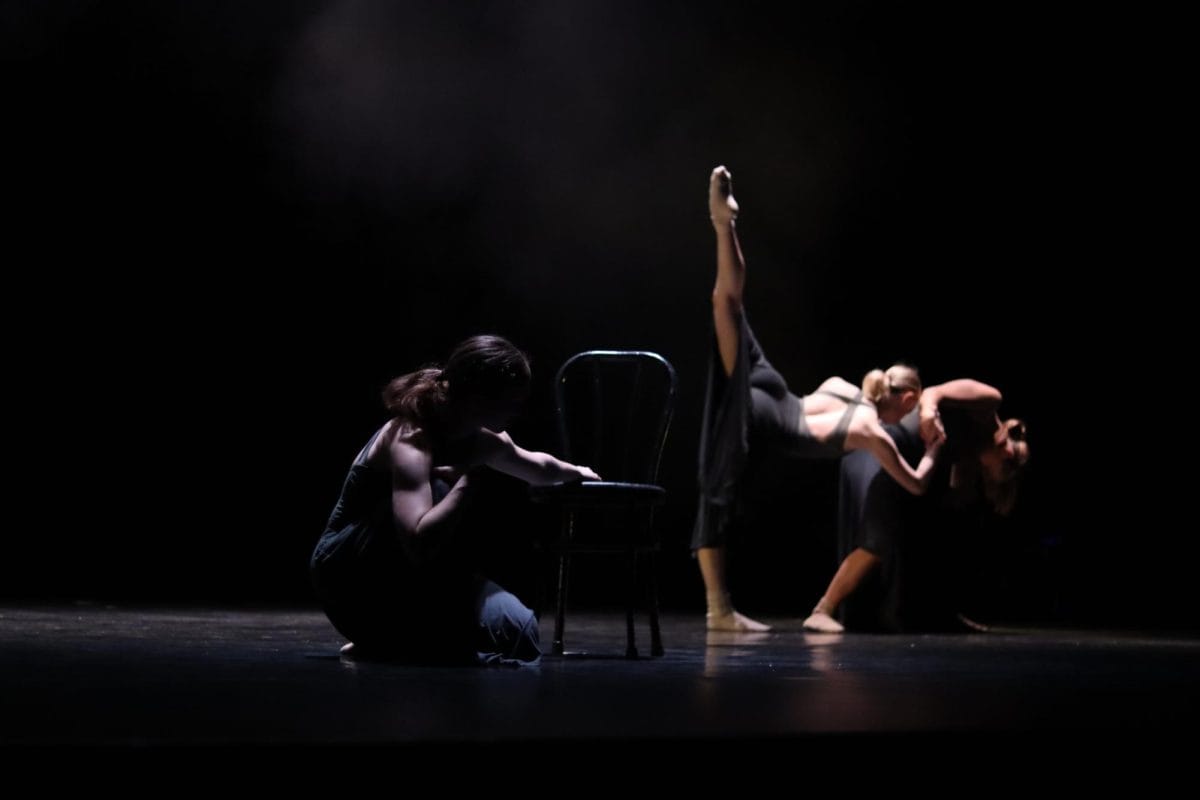For centuries, the people of the South American Andes have played and passed on their folk music as part of their culture. Their indigenous music, which has become a large part of Andean history and culture, is mostly based around simple instruments, such as panpipes, flutes, guitars and percussion. Thursday night, for the first time, this musical history will be brought to the University.
The UA Spanish Club will be sponsoring “Folk Music from the Andes, Live Performance and Lecture,” today at 4 p.m. in Room 256 of B.B. Comer Hall. Admission is free, and the performance will include live musical selections from Peru, Ecuador, Bolivia and Venezuela and a lecture on Spanish folk instruments and culture.
This is the first time the Spanish Club has done a musical performance, said Spanish professor Oscar Robles.
“We usually show movies, and we have poetry readings in Spanish,” he said. “We are actually having a poetry reading in April.”
Laurie Arizumi will give the lecture and she will be joined by Koji Arizumi, a Japanese instructor at the University, to perform the music. Chad Hilton, director of international business at the University, will be playing guitar.
“They know about Latin American music,” Robles said. “They have a lot of information about the instruments. They will explain how the audience can make their own instruments from different materials through handouts.”
Laurie Arizumi, who is also a musicologist, first got the idea to do a musical performance when she was asked to create a Web site for the Spanish Club.
“I noticed a lot of the activities they do are movies and literature, but there was no music,” she said. “So, I volunteered to offer them some insight into the music of the Latin culture.”
Another performer, Koji Arizumi, who is also director of the Critical Language Center at the University, said he has friends from Ecuador and Peru and is very interested in their culture. He and one of his Ecuadorian friends used to play Andean folk music frequently in venues in Birmingham and Tuscaloosa, he said.
“I don’t really know how to describe the music,” he said. “It’s exotic. They play for themselves and enjoy playing. It’s not professional music at all, but it’s so enjoyable. It’s pretty.”
Koji Arizumi said he thinks Andean folk music is an important part of understanding the Latin American culture.
“I want people to know more of the real culture, and the music and food are the best way to know this culture,” he said. “I think it is critical, if you study Spanish here or are interested in Latin America, to know culture.”
Some of the instruments featured at “Folk Music from the Andes” will be the quena, an Andean cane flute, the siku and the rondador, Andean and Ecuadorian panpipes, the guitar and the cuatro, a four-stringed guitar, and the bombo drum. Most of the songs will be performed in Spanish, although one song will be in Quechua, a native language of the region. Laurie Arizumi will teach the audience the songs and also provide handouts for how to make some of the instruments.
“It’s an audience participation,” she said. “I want them to sing with us and also to try some of the instruments. It’s not just going to be a ‘sit and watch.’”
The lecture will be given in English, which is unusual for Spanish Club lectures.
“Most lectures from the Spanish Club are in Spanish,” Robles said. “This is a special presentation because it is in English.”
According to Koji Arizumi, the goal of this performance is to teach the audience about culture mostly through music instead of language.
“Language is important too, but music will help them to intuitively feel some of the culture,” he said.
Laurie Arizumi said she would like for people to come away from the performance with a more in-depth knowledge of the Andes region and people.
“They are a misunderstood people,” she said. “I want to show how beautiful their culture is and let them not be a forgotten people.”






